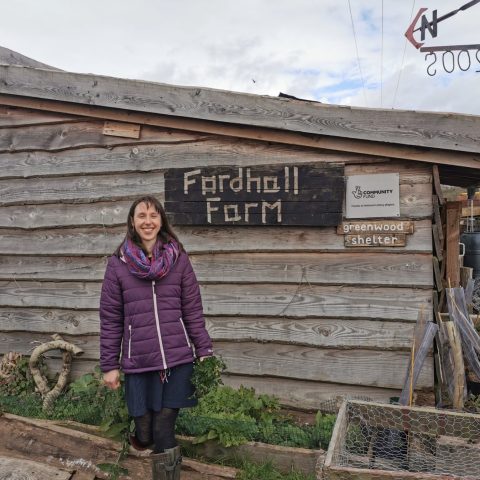National Plant Phenomics Centre's story
Aberystwyth University – where the National Plant Phenomics Centre is based – has been plant breeding for more than 100 years. Plant breeding dates back to the 1920s when the university began researching crops that do well (thrive) on the western seaboard.
Today, our work at the National Phenomics Centre is more relevant than ever, as plants not only provide an essential foundation for life on earth, but have a crucial role to play in solving some of the most serious problems facing the human race, such as food shortages and rising carbon emissions.
The partnership between the university and the centre is resulting in the training of a new generation of plant biologists and engineers who can develop future technologies and approaches to respond to these challenges of climate change. We bring together computer scientists and mathematicians to work with biologists to address how genetics and environment interact to affect plant life.
The science and technology behind our work allows us to screen large numbers of plants to assess their growth and function. We impose water and nutrient stresses on the crops and test how they will cope in the warmer and wetter climate that our future is promising.
This knowledge helps us provide the answers that improve crops by creating varieties of seeds that farmers can use to feed the world - whether that's oats for planting here in the UK, or rice for farmers in Asia and Africa.
Useful learnings from the National Plant Phenomics Centre
Talk to people – and that doesn't just mean just those within your circle. At the centre, we work with people from all sorts of backgrounds, from engineers to scientists, and that's what makes it so rewarding. Different people bring different knowledge specialisms and that's what is often the catalyst for change.
A great example of that is the pioneering new technique that has been developed by a computer science undergraduate student, Aoife Hughes. Her CT scanning work has helped us develop new ways to understand how wheat grows, with the potential to more rapidly develop resilience to climate change, better adapt to harsh environments, or have a more optimised grain size and overall yield.
Traditionally, grains would be studied by hand in a painstaking and lengthy process. However, thanks to her technique, grain analysis can be completely automated, freeing up people to do more interesting tasks.
An open-door policy – this is our way of doing things at the centre and its very much a part of our success. You might think that the centre, as part of the university and staffed by specialists, are all about training those who come to us. This is true of course, but there's another way of looking at it. Whether its sixth formers, graduates, trainee engineers or budding biologists, we are lucky to have the company of highly motivated and inspired people who are passionate about plant life and climate change. Many of those we have given experience to go on to study at PhD level and are making a real contribution in terms of addressing the climate crisis. It's rewarding to see their progress and be a part of their journey.
National Plant Phenomics Centre's metrics
We measure our work by looking at the numbers of people who read our publications and use the information in their own work.







